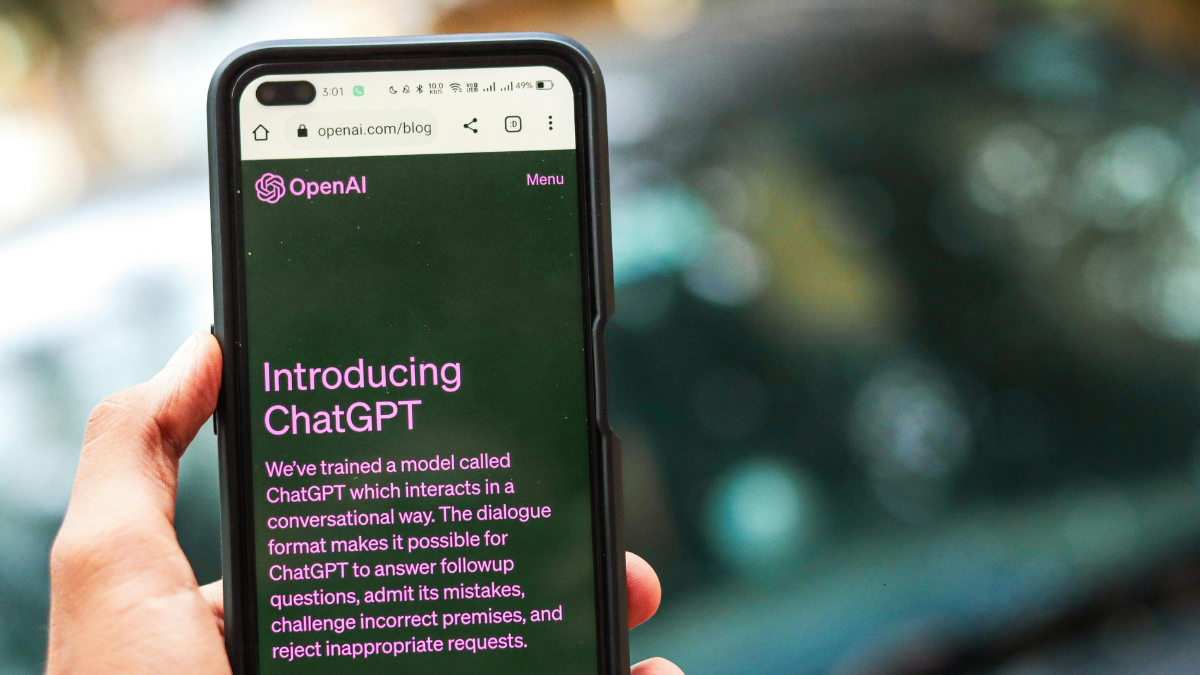The App Store. It’s a place synonymous with Steve Jobs’ visionary spell in charge of Apple and the rise of the iPhone. It’s brought consumers opportunities to engage with brands, data and leisure in a way never dreamt of before. It’s so ubiquitous that we take it for granted. It also accounted for $96.2bn (or c25%) of their total revenue in 2024.
Today, OpenAI is attempting something just as ambitious. Their new Apps SDK (software development kit) allows developers to build directly inside ChatGPT, effectively creating a new kind of digital storefront.
For insurers, this could be the most significant distribution shift in decades. The question is:who will move first, and who will move smartest?
From comparison sites to ChatGPT apps
In theory, AI should make disruption of the comparison site space easier. It can map rating schema and data set needs far more rapidly, lowering the opportunity cost and barrier to entry. Startups like Brolly, Honcho and Peaccce (my own former venture) were early challengers, but the timing wasn’t right. The tools weren’t mature enough.
Now, they are. OpenAI’s SDK marks a fundamental change: the company has moved from powering applications to hosting them. That’s a seismic shift… one that opens a new frontier for how products and services reach consumers.
The distribution potential
ChatGPT (OpenAI’s main product for users) boasts hundreds of millions of users. They aren’t just consumers either, millions of people are using it in daily work tasks.
That makes this a ripe opportunity for a distribution play like never before—one that blends something akin to customer support, with pricing and policy creation.
All too often, big insurance carriers or retailers have to segment their technology investment. Now one team can be stood up to work on a super application that could encompass all their strategic goals. The fact the application is effectively headless makes this all the more potent. It trims down the requisite project time needed to get integrations out there. Plus, there’s no roadmap pressure from users, because the primary user experience is owned by OpenAI.
Instead of building yet another app or website, a team could now create a ChatGPT integration that acts as a virtual insurance assistant… quoting, comparing, or even managing policies, all within the chat interface. Because the user experience is owned by OpenAI, brands can focus purely on being useful, responsive and commercially smart.
It’s a rare chance to build a single 'super app' layer that can flex across multiple customer segments and use cases, without the friction of maintaining multiple front ends.
Avoiding the multistore problem
It makes more sense now that Google and other big AI players were so keen to ensure A2A (AI-to-AI) protocols were robust and had consensus. These are the rules which will dictate how AIs work with each other without direct human involvement. Google’s own A2A interoperability rules have the nod from Atlassian, Intuit, MongoDB, Salesforce, ServiceNow and Workday.
When the Apple and Google OS duopoly finally kicked off the era of mobile, brands had an investment conundrum. Build an app, build an Apple app, build an Android app, or build no app. The cost and maintenance of these two massive app store domains was fiddly, costly, and often incongruent.
With A2A being birthed before sovereign AI platforms like OpenAI, Anthropic and Google deploy direct prompt integration APIs, the field of opportunity looks distinctly different. The opportunity cost will be simpler. There will even likely be an entire array of agentic applications for integrating your applications into these infrastructures. The app stores will be interconnected and far more complimentary than mobile app stores have ever been
It begs the question, what will Apple do?
The regulatory reality
Before we get too carried away with the prospect of embedded quote engines, comparison and insurance advice (that is, recommendations) into AI prompts and replies, we should shout loudly about the implication.
When comparison sites first emerged, they argued they weren’t technically selling insurance. Regulators disagreed, and the sites were ultimately required to obtain authorisation.
It stands to reason that OpenAI will also face this pressure. The minute that insurance applications begin popping up and attempting to leverage this new distribution channel, regulators will need to decide who carries the compliance burden: the app builders, or the platform itself.
For OpenAI, this could mean entering regulated territory for the first time. For insurers, it’s both a warning and an opportunity: the window for building a first-mover advantage could close quickly once regulation catches up.
As with all things insurance and innovation, it’s easy for the mind to run fast towards the potential. Those who deploy equal energy into thinking smartly about the strategic effects of innovation will prevail and maximise what looks to be the single biggest leap in insurance distribution opportunity for 30 years.
The race is on.
Want to explore how your business can stay ahead of the next platform shift? Get in touch with The49, we help ambitious teams turn emerging technology into commercial advantage.




